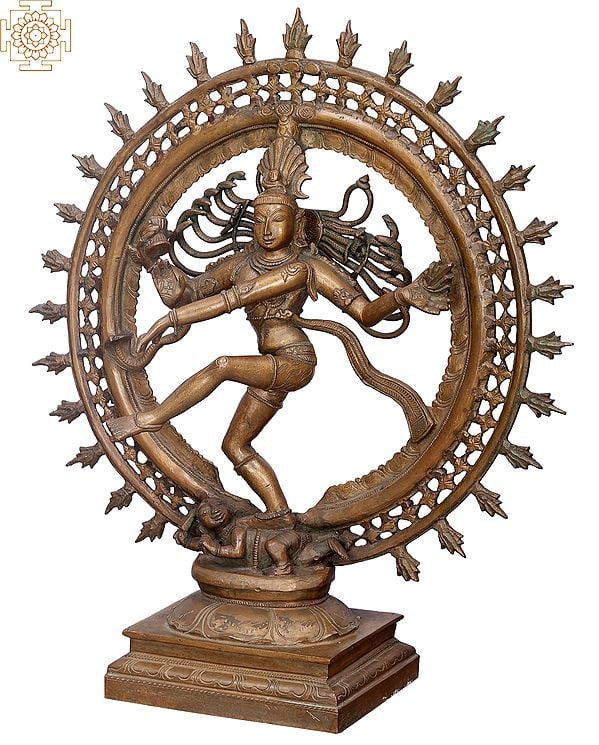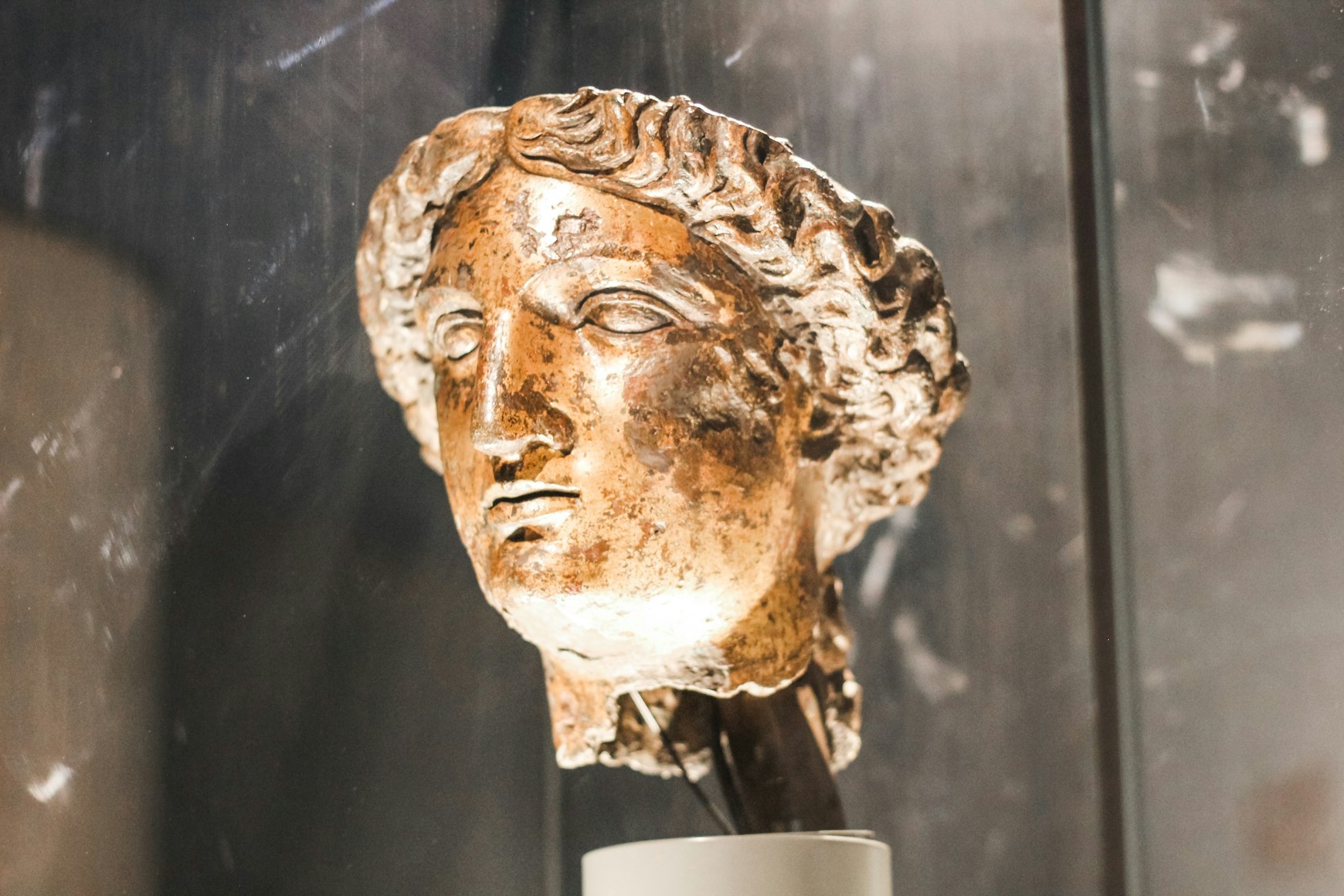Introduction
Bronze sculptures have been around for centuries, and they continue to be some of the most impressive and awe-inspiring works of art in the world. From the towering statues of ancient Egypt to the delicate figurines of ancient Greece, bronze sculptures have captured the human imagination for millennia.
But what is it about bronze that makes it such a perfect medium for sculpture? Why have bronze sculptures stood the test of time, while other materials have fallen by the wayside?
(Check out: Bronze Sculptures)
In this article, we’ll take a closer look at the history of bronze sculpture, and explore the reasons why it has been such a popular medium for artists throughout the ages. We’ll also take a look at some of the most famous bronze sculptures in the world, and discuss where you can find them today.
So whether you’re a fan of ancient art or you’re just curious about the history of bronze sculpture, read on for a fascinating look at this timeless art form.
nd if you’re looking for bronze sculptures for sale for yourself, we’ll also provide some tips on where to find the best deals.
So what are you waiting for? Let’s get started!
Ancient GREECE
Bronze sculptures were one of the most important art forms in ancient Greece. Bronze was a highly prized material, and it was used to create a wide variety of sculptures, from small figurines to large statues. Greek bronze sculptors were masters of their craft and developed complex and sophisticated techniques for casting bronze.
The earliest known Greek bronze sculptures date back to the Geometric period (c. 900-700 BCE). These early sculptures were often small and simple, but they showed a remarkable degree of skill and artistry. By the Archaic period (c. 700-480 BCE), Greek bronze sculpture had reached a new level of sophistication. Large Bronze statues were common, and sculptors were able to capture a wide range of human emotions and expressions.
Some of the most famous Greek bronze sculptures include:
- THE RIACE BRONZES (C. 460 BCE)

- THE ARTEMISION BRONZE (C. 460 BCE)

The most common casting technique used by Greek sculptors was the lost-wax casting method. This method involved creating a wax model of the sculpture, which was then encased in clay. The clay was heated, which melted the wax and left a hollow space in the shape of the sculpture. Molten bronze was then poured into the space, and the clay was removed to reveal the finished sculpture.
Greek sculptures often had symbolic meanings. For example, the Doryphoros was a representation of the ideal male form, and the Winged Victory of Samothrace was a symbol of victory. Greek large bronze sculptures were also often used to commemorate important events or people.
Ancient EGYPT
Bronze sculptures have been a part of Egyptian culture for centuries, dating back to the Early Dynastic Period (c. 3100-2686 BCE). These sculptures were often used for religious or funerary purposes, and they were often made to depict important figures from Egyptian history or mythology
Some of the most famous Egyptian bronze sculptures include
- BRONZE FIGURE OF THE HORUS FALCON

- BRONZE FIGURE OF ISIS WITH HORUS

Bronze sculptures were made in Egypt using the lost-wax casting technique. This technique involves creating a model of the sculpture out of wax, and then encasing the model in clay. The clay mold is then heated, which melts the wax and leaves a hollow space. Molten bronze is then poured into the hollow space, and the mold is broken away to reveal the finished sculpture.
Bronze sculptures were often decorated with various symbols, including the ankh (the symbol of life), the was (the symbol of power), and the djed (the symbol of stability). These symbols were believed to have magical powers, and they were often used to protect the sculptures and the people who owned them.
Bronze sculptures continue to be popular today, and they can be found in museums and private collections all over the world. They are a testament to the skill and artistry of ancient Egyptian sculptors, and they continue to inspire artists and collectors today.
Ancient China
Bronze sculpture has a long and rich history in China, dating back to the Shang dynasty (1600-1046 BCE). Bronze was a highly prized material in China, and it was used to create a wide variety of objects, including ritual vessels, weapons, and sculptures.
Some of the most famous Chinese bronze sculptures include:
- THE DING
The Ding is a type of tripod vessel that was used for ritual purposes. Dings were often decorated with elaborate designs, including zoomorphic motifs, geometric patterns, and inscriptions.

(Sotheby’s Auction house)
- THE ZUN
The Zun is a type of wine vessel that was used for ritual purposes. Zuns were often decorated with animal figures, and they were sometimes used as libation vessels.

(Wine container (zun) |The Metropolitan Museum of Art)
- THE BI
The Bi is a type of disc that was used for ceremonial purposes. Bis were often decorated with abstract designs, and they were sometimes used as mirrors.

(Etsy)
Bronze sculptures were cast using a variety of techniques, including the lost-wax method. The lost-wax method is a complex process that involves creating a wax model of the sculpture, encasing the model in clay, and then melting the wax out of the clay. The molten bronze is then poured into the clay mold, and the sculpture is revealed once the mold is broken open.
Bronze sculptures were often decorated with symbolic imagery. For example, the dragon was a symbol of power and strength, and the phoenix was a symbol of longevity and rebirth. These symbols were often used to convey religious or political messages.
Bronze sculptures continue to be popular today, and they can be found in museums and private collections all over the world. They are a testament to the artistic and technological skills of ancient Chinese craftsmen, and they continue to inspire artists and collectors today.
Ancient India
Bronze sculptures have been a part of Indian art for centuries, dating back to the Indus Valley Civilization (3300-1300 BCE). These early bronzes were often small and delicate, and they typically depicted animals or human figures in a naturalistic style.
As Indian culture evolved, so did the style of bronze sculpture. During the Gupta Empire (320-550 CE), bronze sculptures became larger and more complex, and they often depicted religious figures or scenes from mythology.
Some Sculptures from India include:
- THE ‘DANCING GIRL OF MOHENJODARO’

- THE BRONZE NATARAJA

- LORD KRISHNA DANCING ON KALIYA SNAKE

Frequently asked questions
- WHICH ANCIENT CIVILIZATIONS PRODUCED THE MOST FAMOUS BRONZE SCULPTURES?
Several ancient civilizations left a lasting legacy with their renowned bronze sculptures. In ancient Greece, artists like Myron and Praxiteles created iconic masterpieces, including the “Discobolus” and the “Poseidon of Artemision.
Bronze casting reached its pinnacle in ancient China during the Shang and Zhou Dynasties, with intricate vessels like the “ding” and the famous “Ritual Wine Container with Zoomorphic Motifs.” While Egypt is renowned for stone sculptures, it also produced notable bronze artworks during the New Kingdom and Late Period, with statues representing gods and pharaohs, such as the bronze statue of Bastet.
The ancient Indian Chola Dynasty crafted religious bronze sculptures featuring deities like Shiva and Vishnu, known for their exquisite details and dynamic poses. Other civilizations, such as the Etruscans, Mayans, and Scythians, also contributed to the diverse and rich heritage of ancient bronze sculpture
- WHAT MATERIALS WERE USED IN ADDITION TO BRONZE TO CREATE THESE SCULPTURES?
Ancient Greece: Greek sculptors often incorporated other materials such as marble, ivory, and gold leaf to enhance the aesthetic appeal of their bronze sculptures.
Ancient China: Chinese bronze sculptures were occasionally adorned with decorative elements made of jade, precious stones, or painted enamel.
Ancient Egypt: Egyptians combined bronze with other materials like wood, faience (a type of glazed ceramic), and precious metals like gold and silver to create intricate and ornate sculptures.
Ancient India: Indian bronze sculptures were sometimes embellished with gemstones, such as rubies or emeralds, and were often adorned with jewelry and elaborate headdresses made of gold or silver.
These additional materials added further depth, symbolism, and artistic value to the bronze sculptures of these ancient civilizations.
- HOW WERE ANCIENT BRONZE SCULPTURES PRESERVED AND DISCOVERED BY MODERN ARCHAEOLOGISTS?
Ancient bronze sculptures are preserved and discovered by archaeologists through burial contexts, submerged environments, excavations, archaeological surveys, and occasionally through recovery efforts from looting and collecting. Burial in tombs or sacred sites, submersion in water, accidental or planned excavations, systematic surveys, and law enforcement actions contribute to their retrieval. With meticulous archaeological work, improved excavation techniques, and preservation methods, the discovery and preservation of ancient bronze sculptures offer valuable insights into the art and culture of ancient civilizations
- HOW WERE BRONZE SCULPTURES CREATED IN ANCIENT CIVILIZATIONS?
Bronze sculptures in ancient civilizations were typically created using the lost-wax casting technique. First, a model of the desired sculpture was made in a more malleable material, such as clay or wax. Then, a mold was formed around the model, leaving an opening for the molten bronze. After the mold hardened, the wax model was melted and drained, leaving a cavity. Molten bronze was poured into the cavity, filling the mold. Once cooled and solidified, the mold was removed, and the sculpture was further refined through polishing and detailing techniques.
Post time: Sep-01-2023

